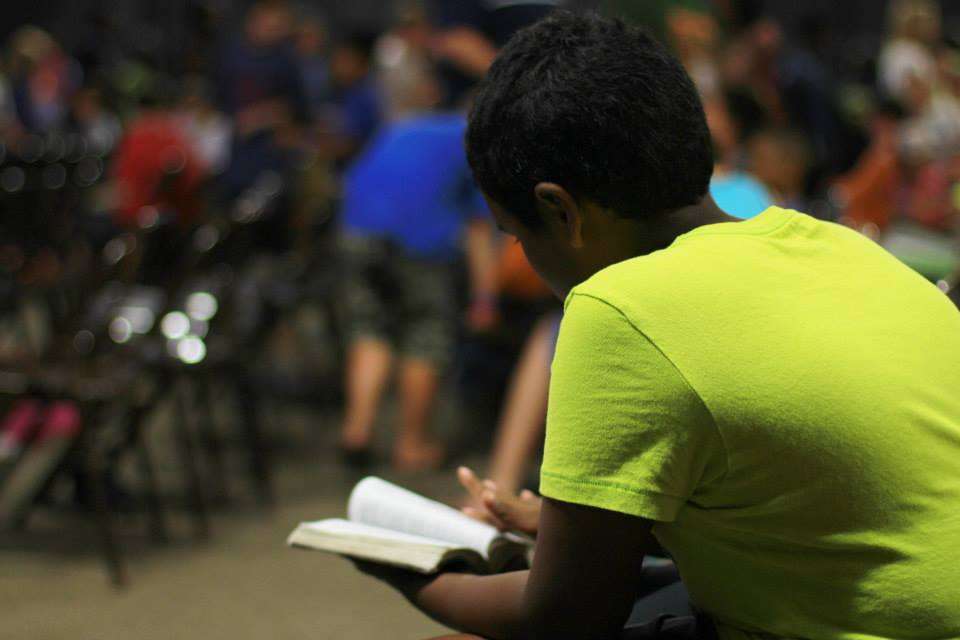
Tag: Children’s ministry
-

What Cain and Jesus Share
Read More: What Cain and Jesus ShareWhat?! You’re comparing Cain, the first murderer, to Jesus? How dare you! Follow me here. I was writing a paper about ministry with children and I suddenly discovered in the Cain and Abel story something I had never seen before… You probably already knew that Cain was the first child to be born (remember, Adam and Eve…
-

The Role of the Children’s Pastor
Read More: The Role of the Children’s PastorI’m reading a great book on ministry with children right now called Children Matter by Scottie May, Beth Posterski, Catherine Stonehouse, and Linda Cannell (Grand Rapids: Eerdman’s, 2005). Here is a quote that made me stop in my tracks: “Our responsibility is to create an environment in which the child can learn about and enter…
-

Godly Play: A Model for Ministry with Children
Read More: Godly Play: A Model for Ministry with ChildrenGodly Play is a teaching system used by many churches around the world to educate children about God, the Bible, and also invite them into the Christian narrative. Jerome Berryman developed the curriculum and he was influenced by the educational theories of Maria Montessori. I observed Godly Play in action once when I was in…
Search
Popular Posts
-
“Holy Fools”: Exploring the Journey of Calling for Christian Variety Performers
I am happy to announce that my PhD dissertation has been published to ProQuest, an academic database for published research. I have made the dissertation open source, which means anyone anywhere can access the full content free of charge. Here is the full dissertation: https://www.proquest.com/dissertations-theses/holy-fools-exploring-journey-calling-christian/docview/2622316783/se-2 Please share far and wide. I am very much excited…
-
The Easiest Large Group Game Ever
This is probably the easiest large group game ever invented. If you can think of an easier one, please let me know in the comments. Heads or Tails! This game of heads or tails involves EVERYONE in your large group. It is actually better the larger the group gets. There is an elimination factor to…
-
Book Release! Incredibly Bad Dad Jokes
I have been writing down my original Dad jokes for several years now, but recently they dramatically increased. While the past five months of my life have been the toughest for me as a Dad (with Annie’s medical crisis), the Dad jokes actually came out in full force during this season. You see, in my…
-
A Children’s Ministry Poem
From the mouths of children come questions galore about heaven and angels and Satan and more. They speak what their hearts say without holding back, so the wonder of God is something they never lack. Oh God, who are you? Who inspires the minds of little ones many, so that they may find this Jesus…
-
Joyner Family Christmas 2024 Update
Merry Christmas from the Joyners! Here’s a little bit of our life this past year. We hope and pray the Lord’s peace and blessing over you this Advent season. D – Our little guy is now 5 years old! This year he played Tee Ball in the Spring and started soccer this past Fall when…


